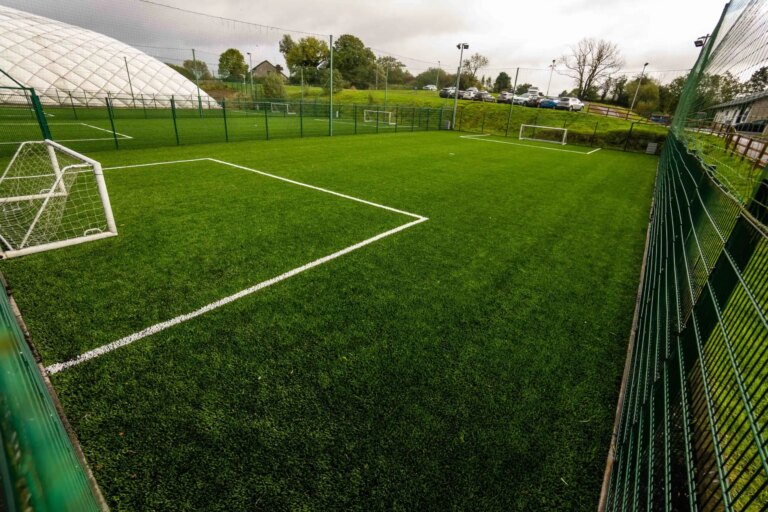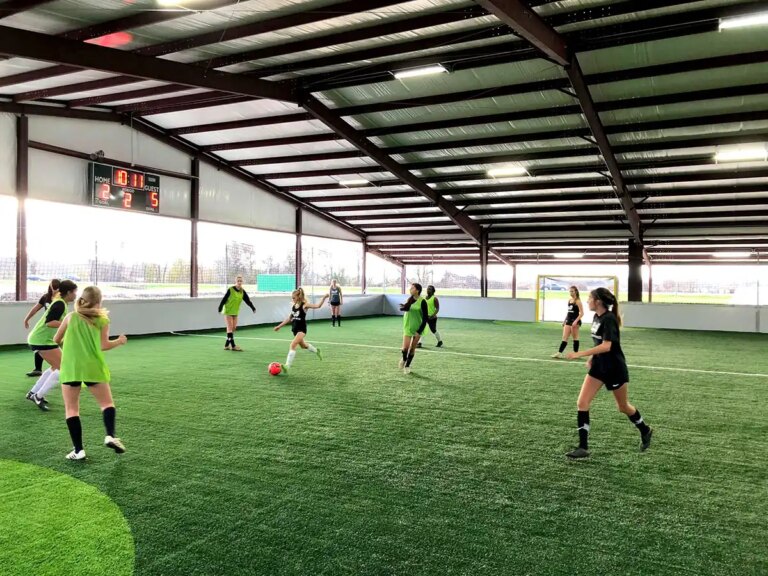For elite athletes, retirement marks a monumental paradigm shift. The structured, physically demanding world of training and competition gives way to an often-uncertain future. While the accolades and achievements remain etched in history, the transition away from the sport can be fraught with challenges. This post will explore the physical and mental hurdles that athletes face in the post-retirement phase, and highlight strategies that can facilitate a smoother player transition.
Physical Challenges of Retirement
One of the most significant challenges is the dramatic decrease in physical activity. Years of intense training have conditioned athletes’ bodies to peak performance. However, when this level of exertion abruptly ceases, the consequences can be significant. Weight gain, muscle loss, and a decline in cardiovascular fitness are common, increasing the risk of obesity and chronic diseases. Additionally, the years of wear and tear on the body often manifest as chronic pain, joint degeneration, and a higher susceptibility to injuries, further impacting an athlete’s overall well-being.
Mental and Emotional Challenges of Retirement
Beyond the physical demands, the mental and emotional landscape can be equally daunting. The loss of identity that often accompanies retirement can be a major source of depression, anxiety, and feelings of emptiness. Athletes who have defined themselves primarily through their sport may struggle to find meaning and purpose in a new routine devoid of the structured training and competition that once dominated their lives. Financial difficulties can compound the emotional distress, as some athletes lack the financial planning and resources to navigate the post-retirement years.
Strategies for a smooth Transition
To address these challenges, a multifaceted approach that prioritizes both physical and mental well-being is essential. Planning for retirement is crucial. This includes financial planning and education, career counseling to explore new opportunities and develop necessary skills, and mental health support to equip athletes with the tools to cope with the emotional challenges of transition.
Maintaining optimal physical health is equally important. A gradual decrease in training intensity helps ease the transition and prevent injuries. Engaging in cross-training activities, such as swimming or yoga, allows athletes to remain physically active while minimizing stress on the body. Nutritional guidance is also vital, as dietary adjustments are necessary to maintain a healthy weight and support overall health.
By proactively managing their health and well-being, athletes can significantly improve their quality of life post-retirement. This not only benefits the individual but also reduces healthcare costs for society as a whole. Moreover, healthy, well-adjusted retired athletes serve as positive role models for younger generations, demonstrating the importance of self-care and a balanced life beyond the athletic arena.
Conclusion
Athlete retirement is a complex journey that requires careful planning and support. By acknowledging the physical and mental challenges that arise and implementing proactive strategies prioritizing well-being, athletes can navigate this transition successfully and embark on a fulfilling post-career life. A healthy and well-adjusted retired athlete population not only benefits the individuals themselves but also reduces healthcare costs for society and sets a positive example for future generations of athletes, demonstrating the importance of self-care and a balanced life that transcends life on the pitch.



